How To Store Nail Products Correctly
It’s important to understand how long nail products last last, how to store them for optimum usage and safety and how to dispose of them when necessary.
Nail products can go bad, just like food can and when products go bad, service breakdown occurs. With correct storage and practicing product safety, you can significantly extend the shelf life of your nail products ensuring long lasting nail services.
It is important for techs, not just salon owners to know a product’s shelf life for effective purchasing and usage. Sometimes you need to throw away products that are contaminated or spoiled, so you also need to know the correct disposal methods.
You cannot use an expiry date as gospel because you have no way of knowing how long a product has sat on a distributor’s shelf, so something that you think may last year may go bad in a couple of months. On the other hand, some products can be used safety long after the expiry date. The best test is always the ‘use test’.
Correct storage
In addition to the storage recommendations outlined for individual products in the following guide, store all nail products in their original containers, upright to prevent leakage and ensure that all lids are always securely closed and products stored in a cool, dry place when not in use, away from moisture and sources of direct sunlight, heat and flame.
Product disposal
When disposing of products, always follow manufacturer’s instructions as well as MSDS sheets and COSHH guidance. If you do not follow these, you are creating a safety and environmental hazard as well as compromising your insurance policy. Many techs have learnt this the hard way due to the reactive and flammable chemicals in nail products. On top of causing damage to your pipes, anything that you pour down the drain eventually ends up in the ocean, threatening sea-life while old polish bottles tend to end up in landfill sites, where the chemicals from polish still in liquid form can filter into the soil.
Gel (including gel polishes)
Shelf life: 1-3 years
Gels should be stored away from sunlight, especially those with a window that displays the colour because any light that comes into contact with the gel, will start to cure it.
You should only remove excess gel from your brush on the inside of the bottle neck rather than the against the side to avoid this pooling around the outer bottle neck or tub and subsequently curing.
L&P
Shelf life: 1-3 years
Polymer lids should to be tightly closed so moisture in the air does not interact with the powder.
Monomers can thicken and become gel like, begin to set too slowly or even completely harden when it is has gone bad whereas polymers tend to discolour and change in texture.
Nail Polish
Shelf life: 12-18 months
The pigments in polish can fade when exposed to sunlight and bottles can explode in temperatures above 48°C. If nail polish has been sitting around a while or stored incorrectly, it will begin to thicken and become hard to use due to its contact with the air.
If the polish has appeared to ‘split’ it possibly just needs to be rolled between your palms – try to avoid shaking as this can create air bubbles.
Adding products such as polish thinners or polish remover changes the product chemistry which can have its own problems.
Primer
Shelf life: 1-2 years
Primer is light sensitive so can discolour, become contaminated and loose effectiveness if not stored correctly.
It can also become contaminated when applied over an incorrectly prepped nail as the brush will pick up dust and oils, spoiling the primer – you will see this floating in the bottle.
Creams, lotions and cuticle oils
Shelf life: Un-opened 1-2 years, opened 1 year
Oils in these products can clog your drains if poured down the sink. If the smell has changed, they have an unpleasant odour, or the water content has increased, it is time to throw them out.
Disinfectants
Shelf life: 2-3 years once opened but can remain effective for 10 years when stored correctly and unopened.
Disinfectants such as Barbicide should be changed daily, when contaminated or diluted incorrectly.
This is overdue when the liquid starts to congeal, change colour and evaporate. Depending on the water you use, this can look cloudy and is perfectly normal.
Love Katie B x


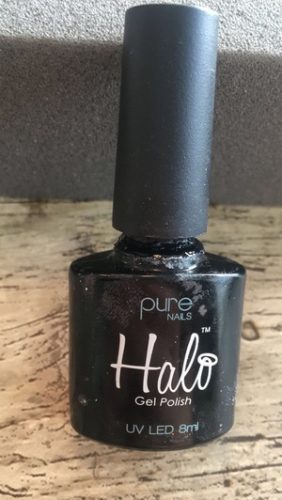
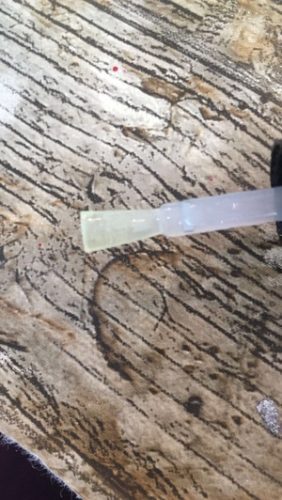
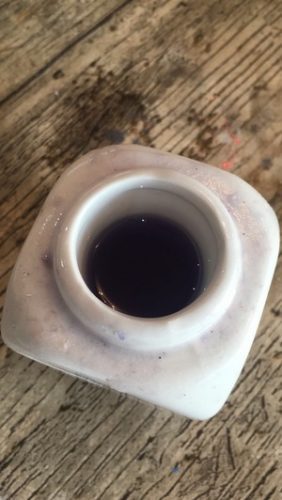
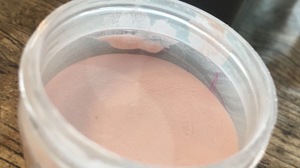
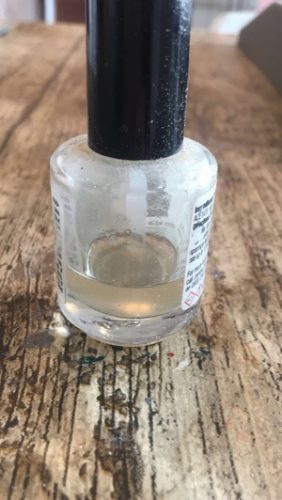
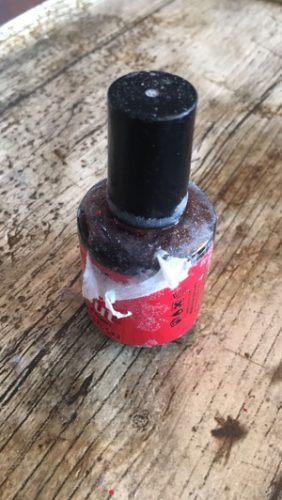
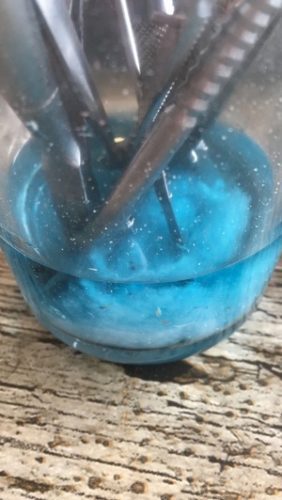
Leave a comment